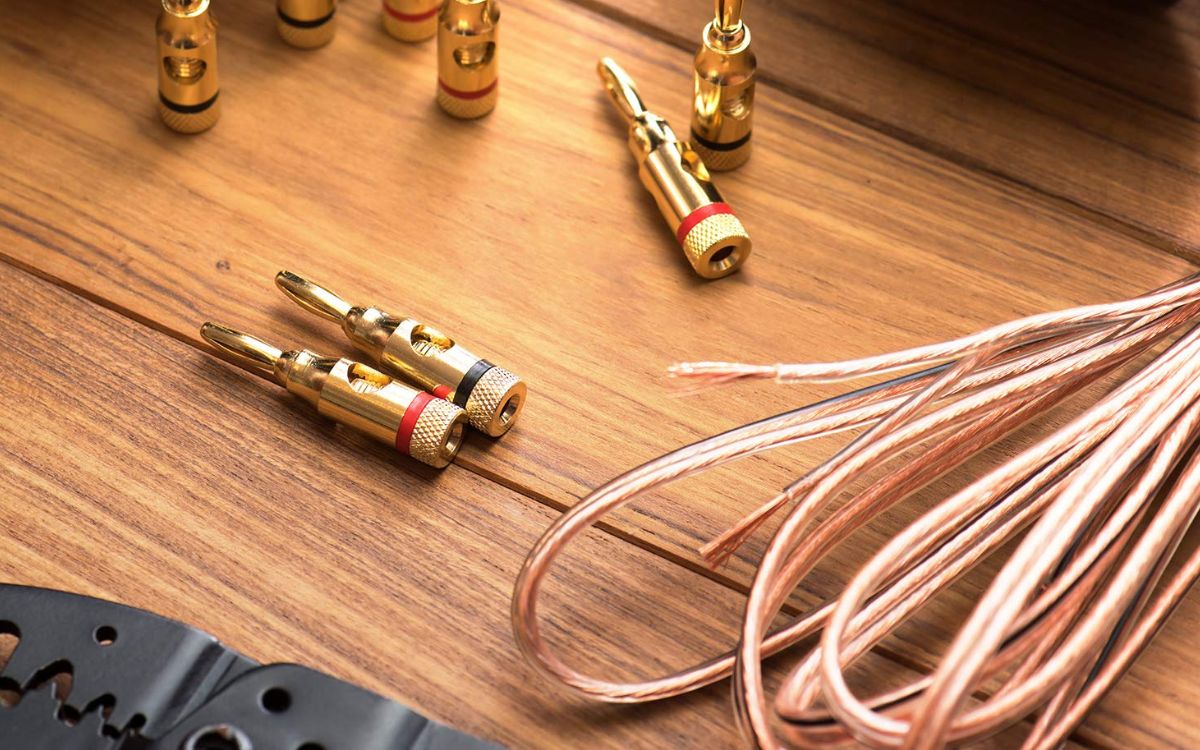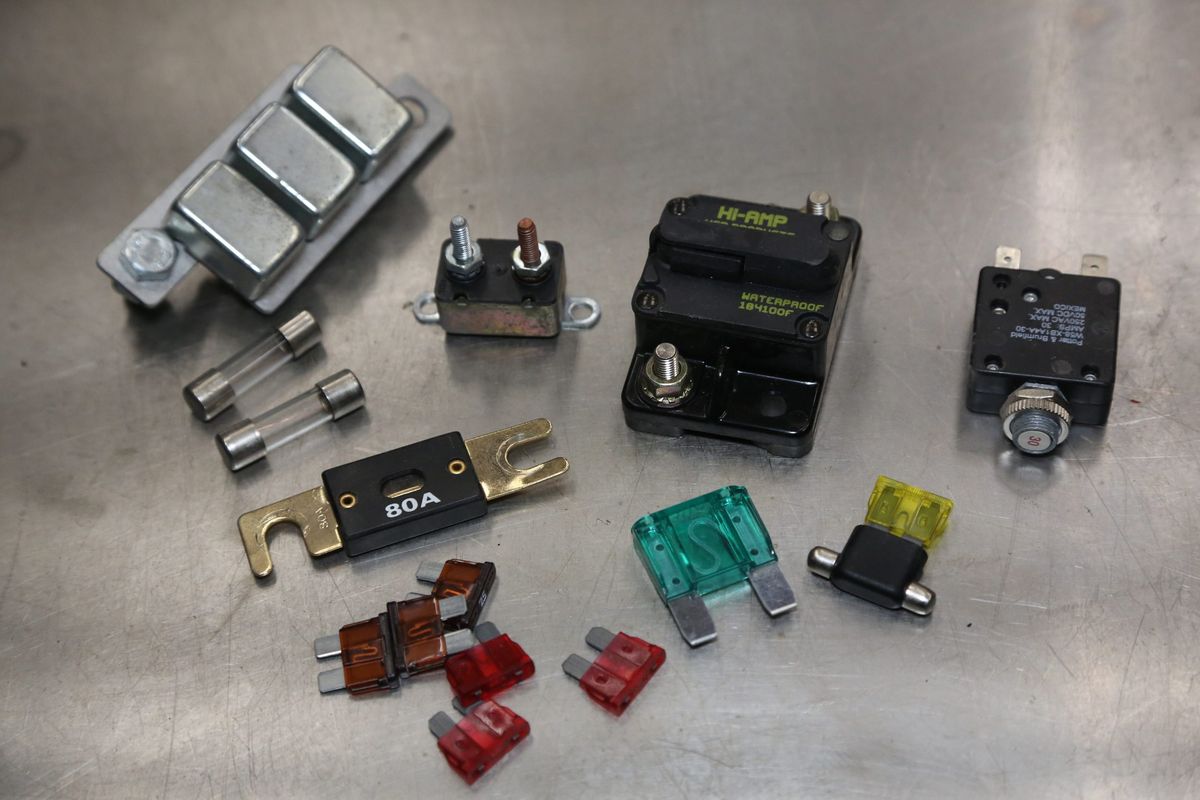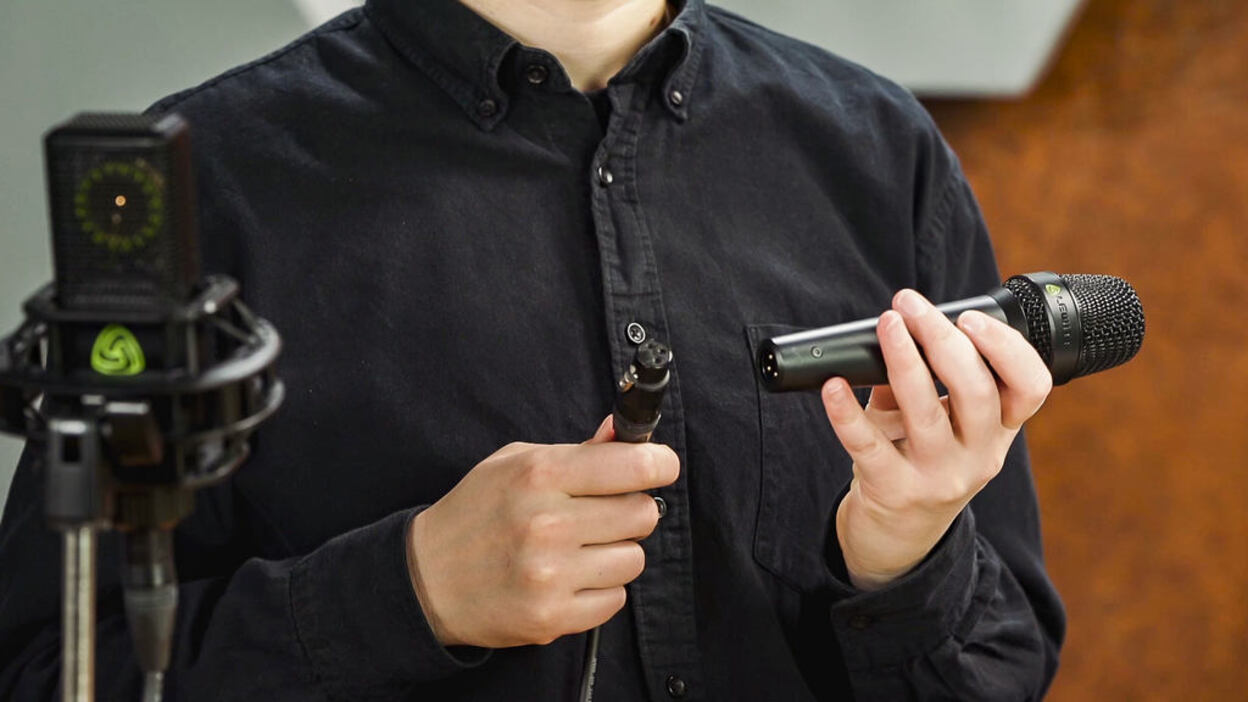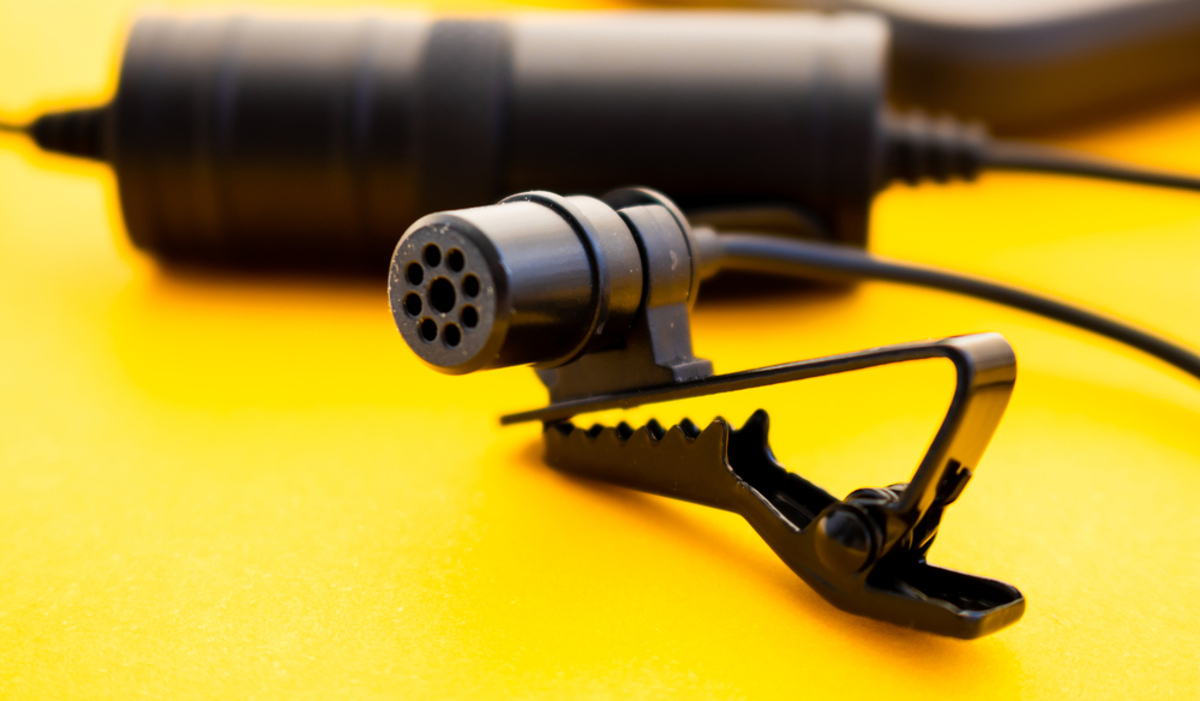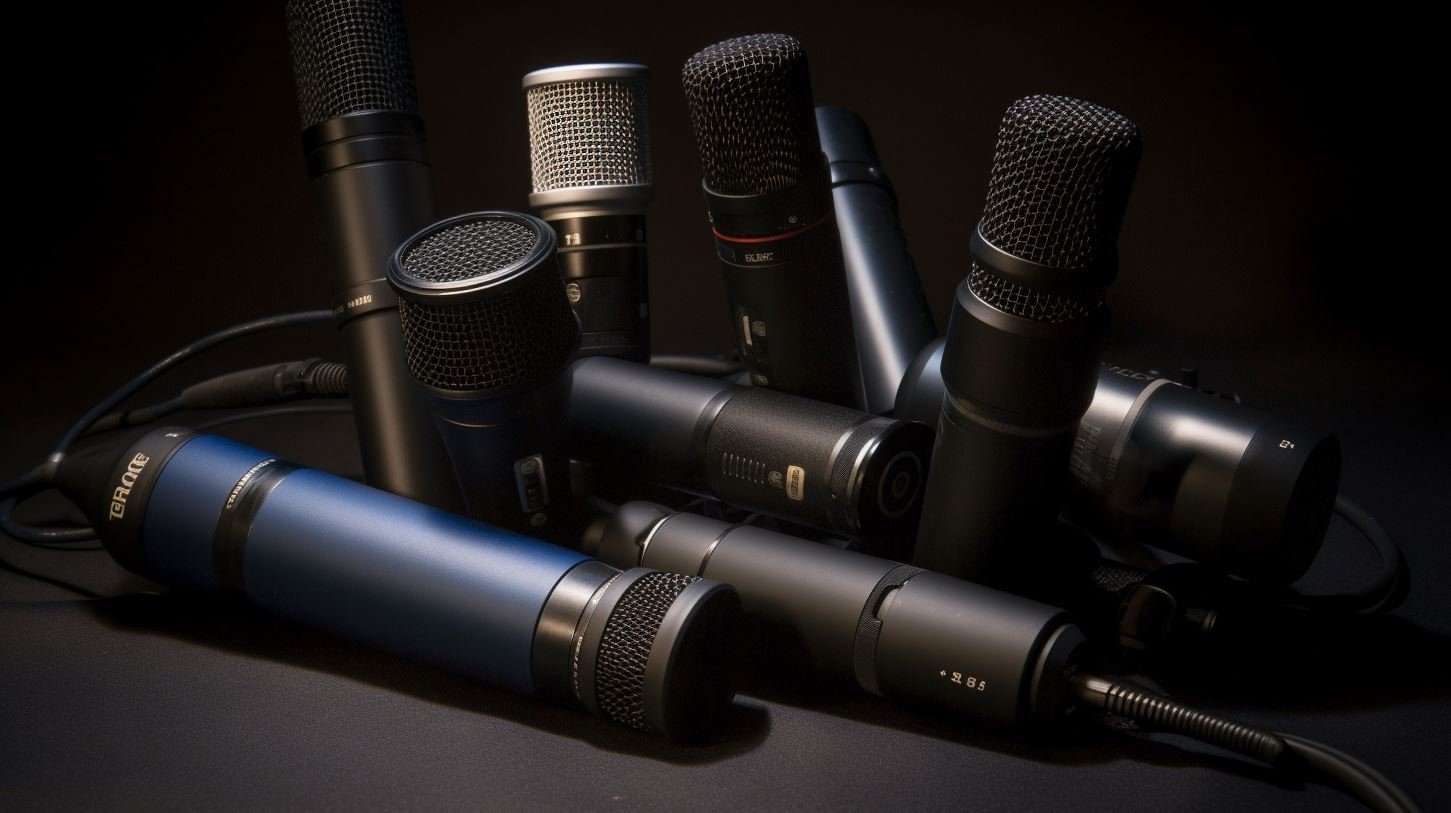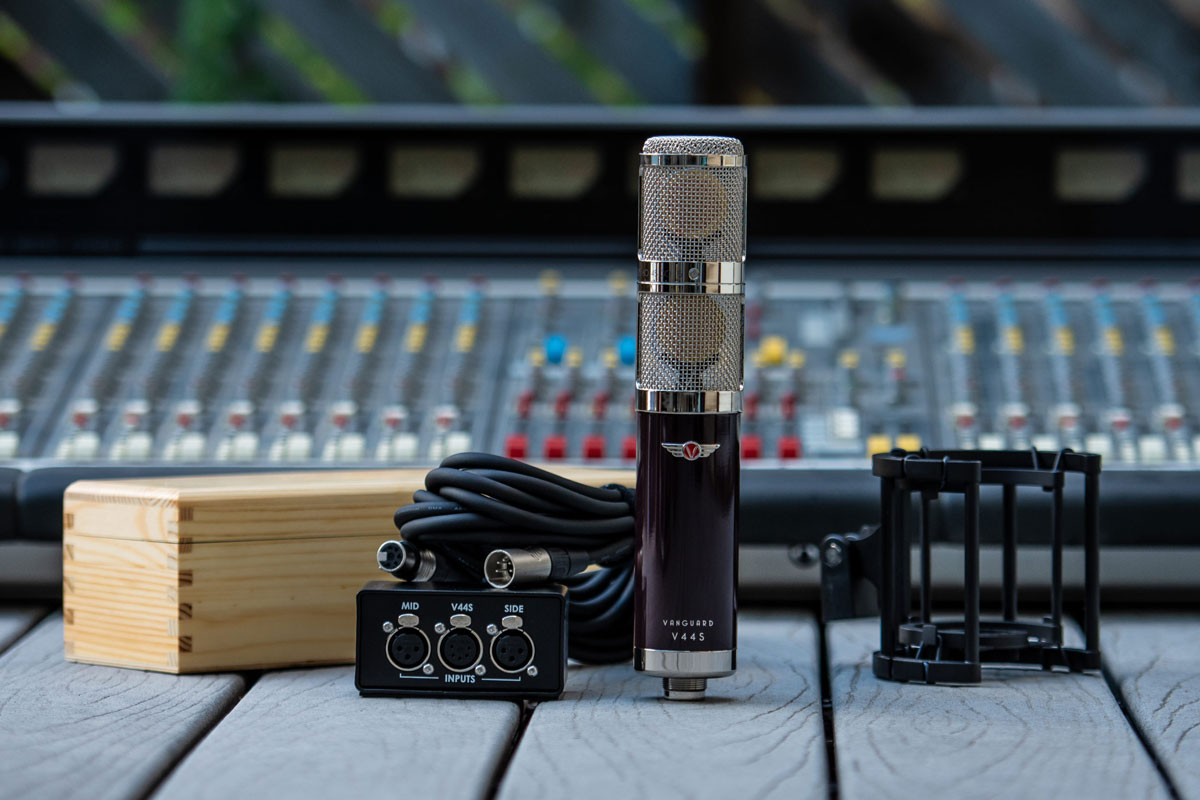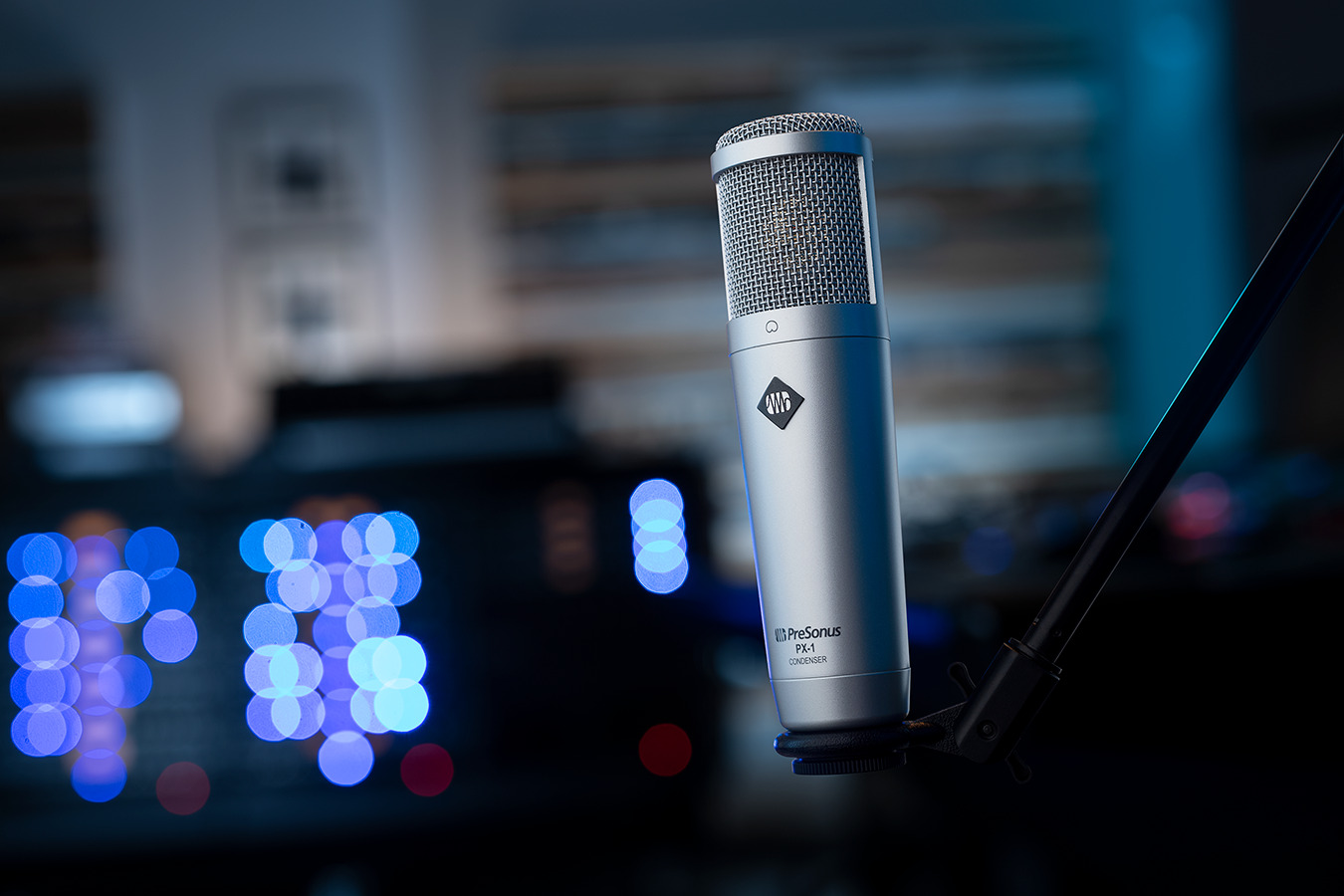Home>Devices & Equipment>Microphone>What Size Is A Microphone Jack
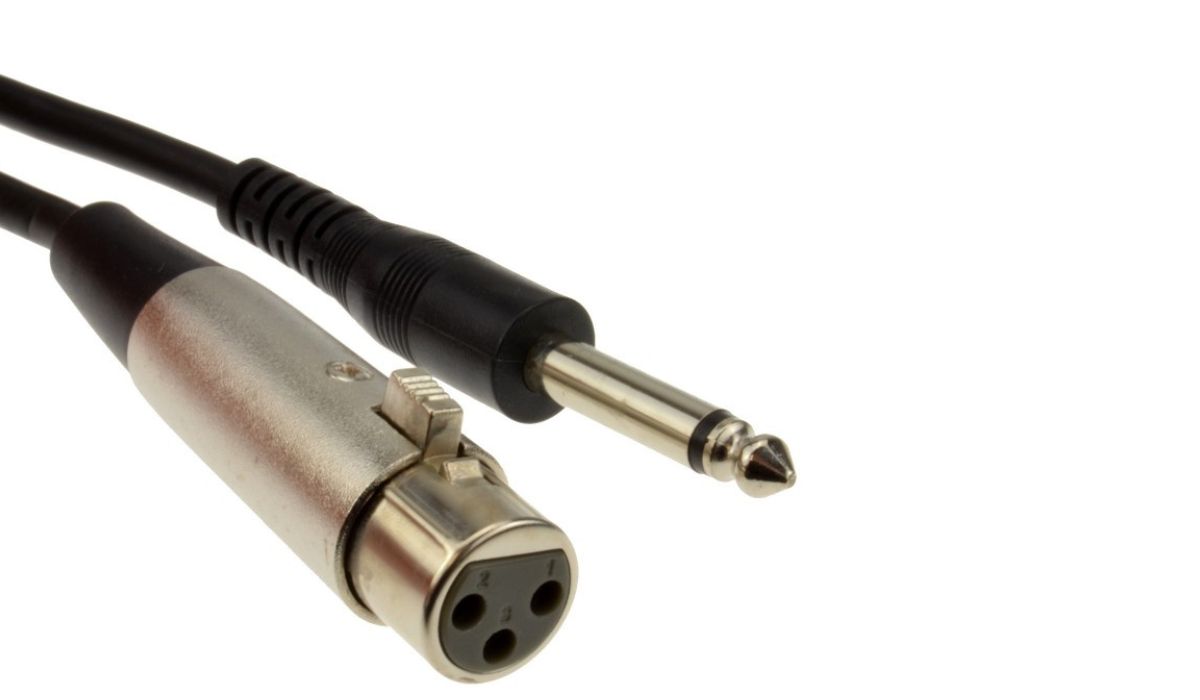

Microphone
What Size Is A Microphone Jack
Published: February 17, 2024
Learn about the standard size of a microphone jack and its compatibility with various devices. Find out the dimensions and types of microphone jacks.
(Many of the links in this article redirect to a specific reviewed product. Your purchase of these products through affiliate links helps to generate commission for AudioLover.com, at no extra cost. Learn more)
Table of Contents
Introduction
Understanding Microphone Jack Sizes
Microphones are essential tools for capturing sound, whether for professional recording, live performances, or everyday communication. They come in various types and models, each designed for specific applications. When it comes to connecting a microphone to an audio device, understanding the different sizes of microphone jacks is crucial for compatibility and optimal performance.
In the world of audio equipment, the term "jack" refers to the socket or receptacle into which a connector is inserted. Microphone jacks, also known as audio jacks, come in different sizes, each serving distinct purposes and applications. Understanding these sizes is essential for ensuring that your microphone is compatible with your recording or sound reinforcement equipment.
In this article, we will delve into the world of microphone jack sizes, exploring the common types, their applications, and how to identify the size of a microphone jack. Whether you are a musician, audio engineer, podcaster, or simply an enthusiast looking to expand your knowledge, this guide will provide valuable insights into the often overlooked but crucial aspect of microphone connectivity.
Let's embark on a journey to demystify microphone jack sizes and empower you with the knowledge to confidently select the right connectors for your audio setup.
Understanding Microphone Jack Sizes
Microphone jack sizes are standardized to ensure compatibility and proper connectivity between microphones and audio equipment. These sizes are denoted by the diameter of the connector, typically measured in inches or millimeters. The most common microphone jack sizes include 1/4-inch, 3.5mm (1/8-inch), and XLR connectors, each serving specific purposes based on the intended application.
The 1/4-inch jack, also known as the "phone" connector, is widely used in musical instruments, amplifiers, and audio interfaces. It is commonly found in electric guitars, amplifiers, and recording equipment. The 1/4-inch jack is known for its robust build and is capable of carrying balanced or unbalanced signals, making it versatile for various audio setups.
On the other hand, the 3.5mm (1/8-inch) jack, often referred to as the "mini" or "headphone" jack, is prevalent in consumer audio devices such as smartphones, laptops, and portable audio recorders. It is commonly used for connecting headphones, earphones, and lavalier microphones. Despite its smaller size, the 3.5mm jack is capable of delivering high-quality audio and is favored for its compactness and widespread compatibility.
Another prevalent connector in the realm of professional audio is the XLR jack. Known for its three-pin configuration, the XLR connector is commonly used in microphones, mixing consoles, and audio interfaces. It is favored for its balanced audio transmission, which reduces interference and noise, making it ideal for critical recording and live sound applications.
Understanding the different microphone jack sizes allows audio enthusiasts and professionals to select the appropriate connectors for their specific needs. Whether it’s connecting a dynamic stage microphone with an XLR connector to a mixing console or plugging a condenser microphone with a 1/4-inch jack into a digital audio interface, the knowledge of microphone jack sizes is fundamental for seamless connectivity and optimal audio performance.
Common Microphone Jack Sizes
Microphone jacks come in various sizes, each serving specific functions and catering to different types of audio equipment. Understanding the common microphone jack sizes is essential for selecting the right connectors and ensuring compatibility with your recording or sound reinforcement setup.
1. 1/4-Inch Jack: The 1/4-inch jack, also known as the "phone" connector, is a prevalent size in the audio industry. It is commonly used in musical instruments, amplifiers, and recording equipment. This robust connector is capable of carrying both balanced and unbalanced signals, making it versatile for a wide range of audio applications.
2. 3.5mm (1/8-Inch) Jack: The 3.5mm jack, often referred to as the "mini" or "headphone" jack, is a popular size found in consumer audio devices such as smartphones, laptops, and portable audio recorders. It is commonly used for connecting headphones, earphones, and lavalier microphones, offering compactness and widespread compatibility.
3. XLR Connector: The XLR connector is a standard in professional audio applications, known for its three-pin configuration. It is commonly used in microphones, mixing consoles, and audio interfaces. The XLR connector facilitates balanced audio transmission, making it ideal for critical recording and live sound reinforcement where noise reduction and interference rejection are crucial.
4. 1/8-Inch to XLR Adapters: In some cases, adapters are used to bridge the gap between different jack sizes. For instance, a 1/8-inch to XLR adapter allows the connection of consumer-grade audio devices with 3.5mm jacks to professional audio equipment with XLR inputs, providing flexibility in integrating various audio sources.
Understanding these common microphone jack sizes empowers audio enthusiasts and professionals to make informed decisions when selecting connectors for their audio setups. Whether it’s connecting instruments, microphones, or consumer audio devices, having a grasp of the prevalent microphone jack sizes is essential for seamless integration and optimal audio connectivity.
How to Identify the Size of a Microphone Jack
Identifying the size of a microphone jack is essential for ensuring compatibility and seamless connectivity with audio equipment. Whether you’re looking to connect a microphone to a recording interface, amplifier, or consumer audio device, understanding the process of determining the microphone jack size is crucial. Here are several methods to identify the size of a microphone jack:
1. Visual Inspection: The first step in identifying the size of a microphone jack is through visual inspection. Examine the connector at the end of the microphone cable or the microphone itself. Different jack sizes have distinct appearances, with 1/4-inch jacks being larger and commonly used in musical instruments, while 3.5mm jacks are smaller and prevalent in consumer audio devices.
2. Measurement: If visual inspection does not provide a clear indication of the jack size, you can use a caliper or ruler to measure the diameter of the connector. For instance, a 1/4-inch jack typically measures approximately 6.35mm, while a 3.5mm jack measures around 3.5mm, providing a straightforward method to determine the size of the connector.
3. Reference Documentation: In some cases, the microphone or audio equipment’s user manual or specifications may explicitly state the size of the microphone jack. Referencing the product documentation can provide definitive information about the connector size, facilitating the selection of compatible cables and adapters.
4. Consulting Audio Professionals: If the above methods do not yield conclusive results, seeking advice from audio professionals or knowledgeable individuals in the audio equipment industry can provide valuable insights. Audio technicians, music store staff, or online communities dedicated to audio technology can offer guidance in identifying and selecting the appropriate microphone jack size.
By employing these methods, individuals can confidently determine the size of a microphone jack, enabling them to make informed decisions when acquiring cables, adapters, and audio connectors. Understanding the specific jack size is fundamental for achieving seamless connectivity and optimal audio performance across various audio setups and applications.
Conclusion
Microphone jack sizes play a pivotal role in the world of audio connectivity, influencing the compatibility and seamless integration of microphones with various audio equipment. Whether you’re a musician, audio engineer, content creator, or simply an enthusiast, understanding the nuances of microphone jack sizes empowers you to make informed decisions when selecting connectors for your audio setup.
From the ubiquitous 1/4-inch and 3.5mm jacks to the professional-grade XLR connectors, each size serves distinct purposes and caters to specific applications. The 1/4-inch jack, known for its versatility and robustness, finds its place in musical instruments and recording equipment, while the 3.5mm jack thrives in consumer audio devices, offering compactness and widespread compatibility. On the other hand, the XLR connector stands as a standard in professional audio, facilitating balanced audio transmission and noise rejection in critical recording and live sound applications.
Identifying the size of a microphone jack is a fundamental skill that enables you to ensure seamless connectivity and optimal audio performance. Whether through visual inspection, measurement, referencing documentation, or seeking advice from audio professionals, the process of determining the microphone jack size equips you with the knowledge to select the right cables and adapters for your specific needs.
As technology continues to evolve and audio equipment becomes increasingly diverse, the understanding of microphone jack sizes remains a timeless and essential aspect of audio connectivity. By embracing this knowledge, you are poised to navigate the intricate landscape of audio equipment with confidence, ensuring that your microphones seamlessly integrate with your recording, performance, or communication setups.
In conclusion, the realm of microphone jack sizes is a testament to the intricate yet fascinating world of audio technology, where the right connector size can make all the difference in achieving pristine sound reproduction and seamless connectivity.

